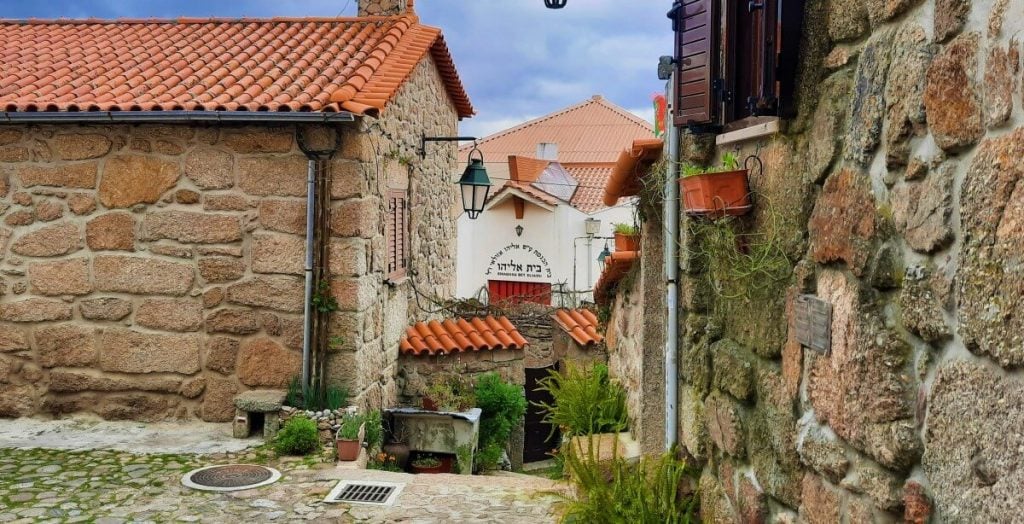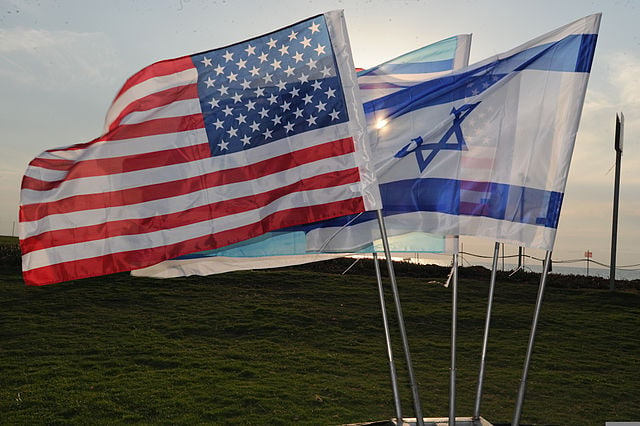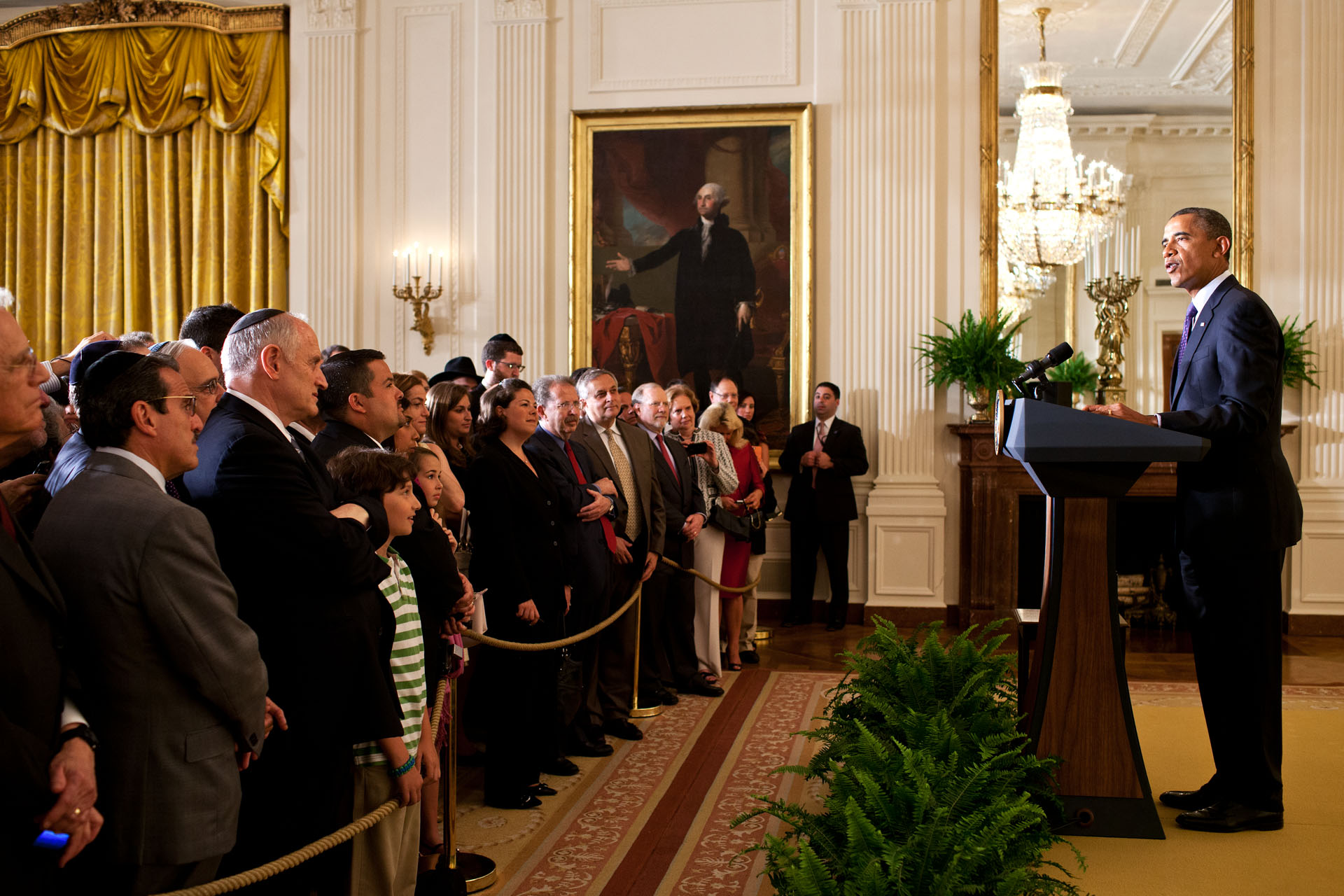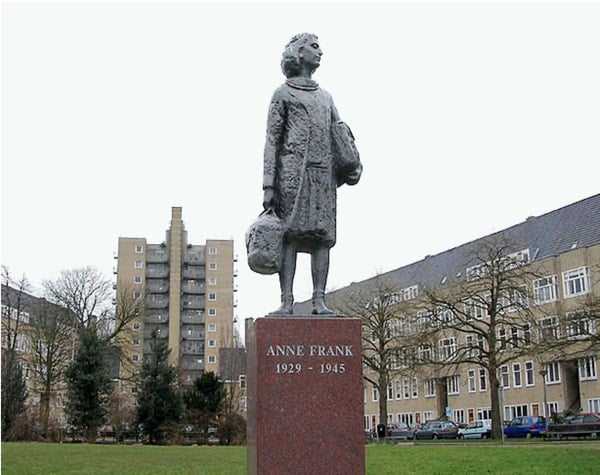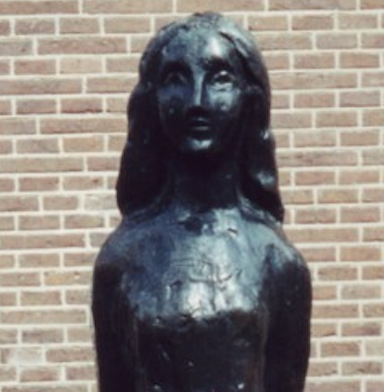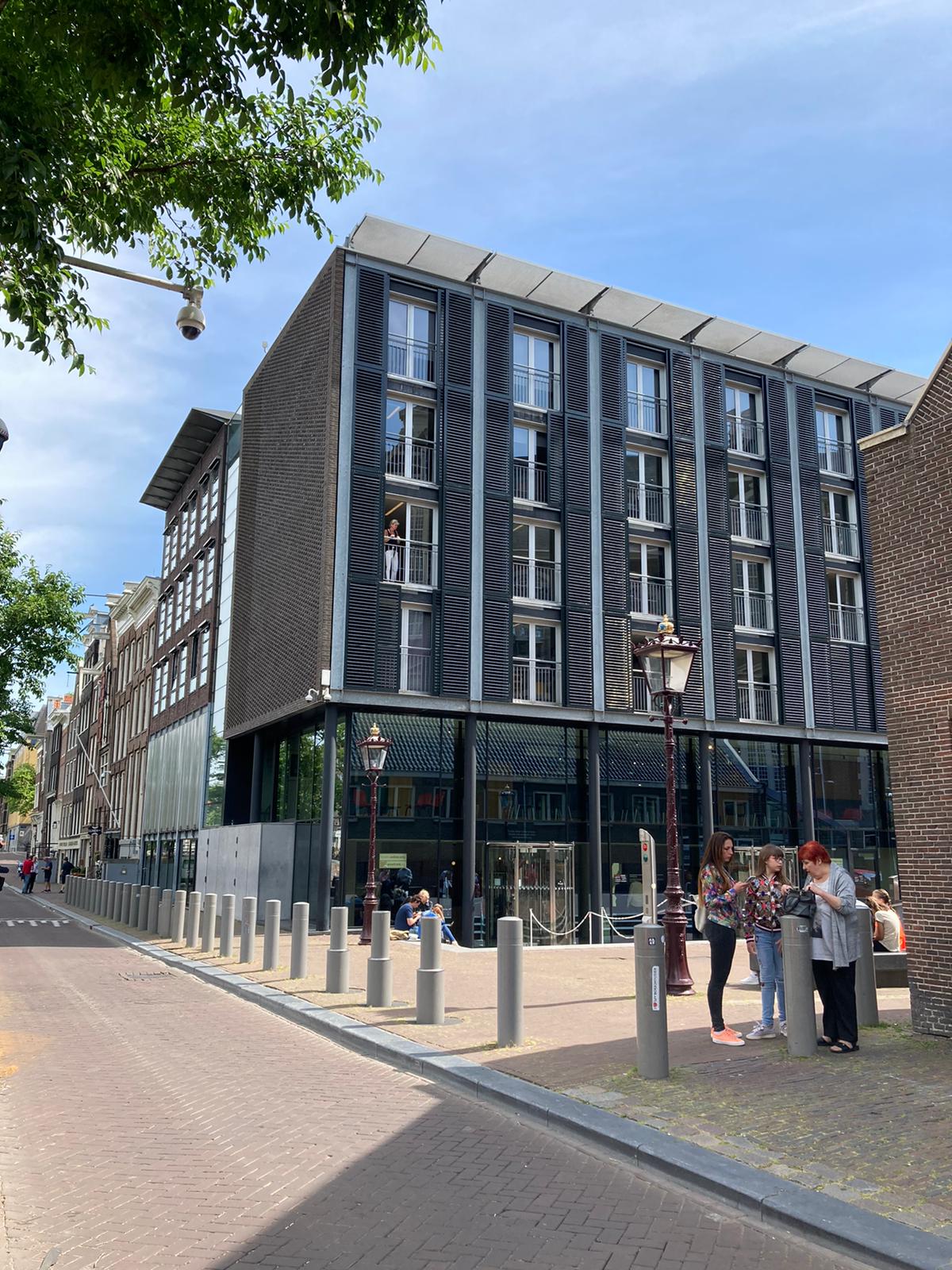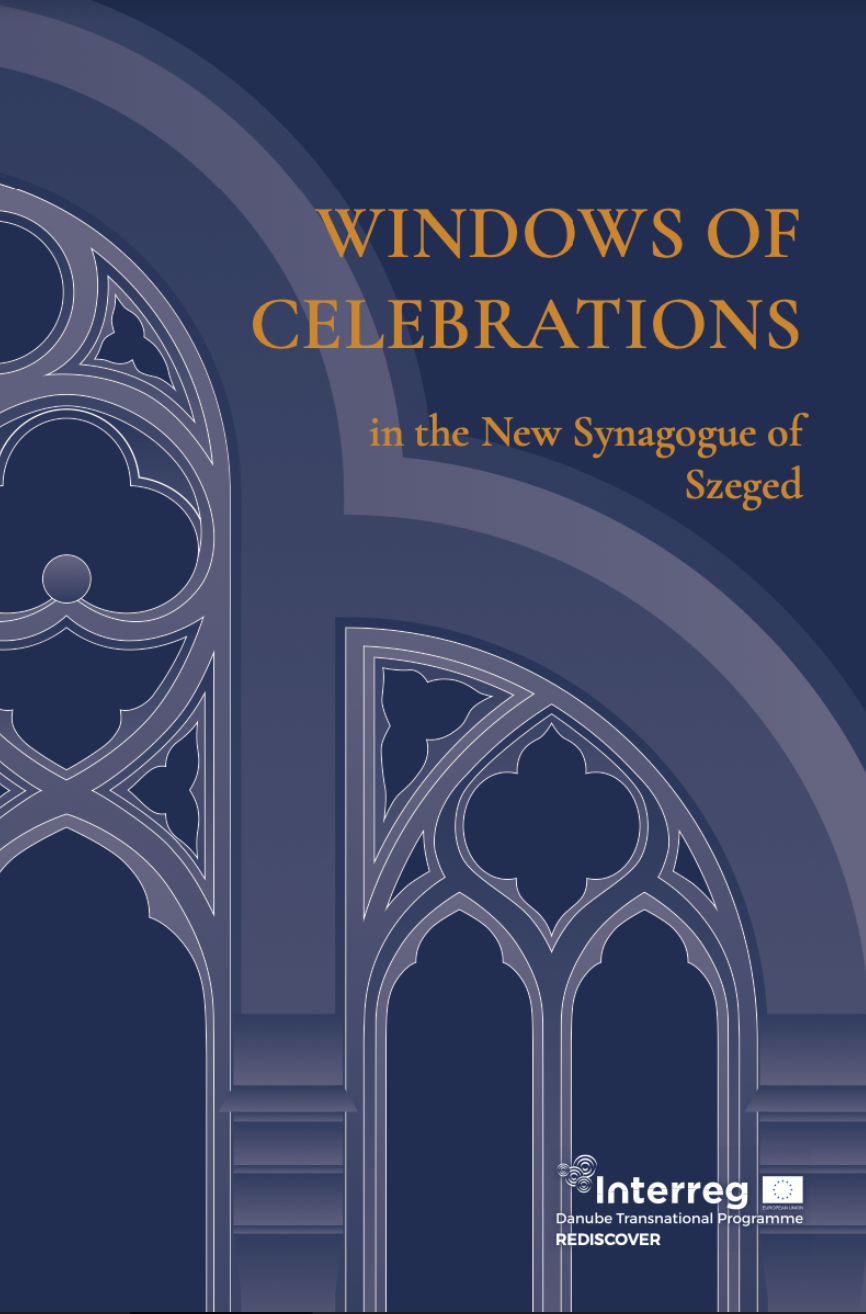We connect people to Israel by curating engaging and interactive virtual experiences through Israel, Jordan and Egypt. Our programs take participants on a deep dive into a variety of topics from ancient and modern Israel. You tell us your interests and we can build a program for you. Some of our tours include:
Jerusalem of three faiths or Jewish heritage Jerusalem
Temple Mount and the Holy of Holies
Jewish Quarter, Mount Zion and the 6 day War
Life in the Jewish Communities along the Gaza Strip
Geopolitics, the Golan Heights and the Iron dome
Wonder Women thru Jewish history
Culinary tour of Machene Yehuda, Akko, Lewinsky, etc
Graffiti tour of Tel Aviv, Jerusalem or Banksys Bethlehem
Nature, language, the Bible and the land of Israel
Ancient and Modern Jaffa
Givat Haviva and Coexistence
Wellness, Spirituality and the Negev
The Kings
Archives: Directory listings
Directory listings
Old Jewish Quarters tour
Discover Jewish Portugal as we travel through the memory of a Jewish past. Uncover the riches of that time in history. Let us guide you for eight days traveling through the heart of soul of Jewish Portugal, searching for Jewish roots.
We will base our tour and cultural visits on Beiras Jewish heritage and how this has been the meeting place of three great cultures and religions: Judaism, Christianity, and Islam.
From the end of the 15th century, persecutions, convictions, and forced conversions destroyed these Jewish communities. They became “New Christians” and continued to honor their religion in the secrecy of their homes and orally pass on the prayers resisting assimilation.
This trip is a close look at a heritage of great value. It is not always visible because of multiple destructions and pressures, but we are gradually discovering it.
But we want also to extend your experience of the local culture, history, and gastronomy. So this will be a tour where you will get to know the locals and the culture in this North/Center area of Portugal. So we have prepared unique experiences for you all along the way.
Top 10 ways to fix Jewish American Heritage Month
May 1 marked the start of Jewish American Heritage Month (JAHM), a month dedicated to highlighting the significant achievements that Jewish contributors have made to American culture and history. Yet, as in years past, a few days before the official launch at the White House, it is still one of America’s best kept secrets! You hear very little about it in the Jewish media, even worse from Jewish organizations, Jewish museums, and Jewish educational institutions. That lapse of attention has not gone unnoticed in the past which is why every few years pundits write articles with such titles as “Why Does No One Care About Jewish Heritage Month?”
This year, more than ever, American Jews should truly care. It is perhaps the best answer to the epidemic of hate and antisemitism that has recently swept the United States. Until now the variety of responses (condemnations, vigils, etc.) by the Jewish community to these threats has been reactive. These actions are strong, but there is another, more positive and proactive approach we could take, that is, making a concerted effort to celebrate JAHM.
Why can JAHM be an effective answer? Since hatred stems from fear, and people fear what they don’t understand, cultural education is still the strongest antidote to hate. This is why Congress set up a governmental mechanism to commemorate the contribution of different ethnic heritages (Indian, Irish, Jewish, etc.) to the story of the United States. Typically, the government sponsors a government website dedicated to the month, an archive of virtual exhibitions, and a kick off ceremony at the White House. We just finished celebrating African-American Heritage Month in February and Irish-American Heritage Month in March.
It is clear that such a dedicated time of education and cultural activity can teach citizens about a culture to which they might not normally be exposed. Thus, the JAHM in May is a golden opportunity to promote and highlight the achievements and contributions of Jewish Americans to the American narrative. Until now, unfortunately, the lack of promotion of the JAHM has rendered the event a severely underutilized asset. To go further, we need a stronger top-down approach to unify our work to honor the story of American Jews.
Fortunately, we do not need to reinvent the wheel. Every September, a European Jewish heritage organization (the AEPJ) celebrates Jewish Heritage week throughout Europe, and their incredible annual celebrations are truly the gold standard. In 2016, they logged about 126,000 visitors to 1,245 activities in 363 cities across Europe. We need only look towards our European brethren for inspiration and clear directive on how we can improve our efforts. It is important to note that a good percentage of the visitors were NON-JEWS!
Here are 10 specific ways the US can step up to the plate this May, taken straight from the Old World’s playbook:
1. Plan far ahead: The European event is planned nearly a year in advance. As late as March 2017, the official website for the US May heritage month still reflected old 2016 events. We must be much more advanced in our thinking if we are going to have any kind of far-reaching impact.
2. Choose a meaningful theme in a timely fashion: only on March 6, 2017, barely two months in advance, did the current JAHM management make an announcement that this year’s theme is the contribution of American Jews to medicine. An announcement of this order 1 1/2 months before the launch of an event of this magnitude is too little too late. Curators need a good 6-12 months to research, organize and produce meaningful exhibits.
3. Appoint regional coordinators: Each observing region in Europe has it’s own coordinator (about 30 coordinators in total), and America should be no different. Such a coordinator would serve as a liaison between local municipalities and the national movement, as well as to foster cross-pollination and exposure within their own territory.
4. Create a strong, centralized website: The European website is clean, engaging, and, most of all, consistently updated. It provides easy access points for communities who’d like to get involved, clear avenues for assuming local or regional leadership, and a thorough detailing of events. Such accessible infrastructure is one of the first necessary steps to building a strong and enduring event cycle.
5. Expand the number of cultural heritage professionals in the national steering committee: A movement about cultural heritage simply cannot be effectively conceived or executed without the guidance of pertinent professionals representing diverse areas of the country. Europe has consistently elevated such professionals to leadership positions, and it shows in the heart and foresight behind its annual commemorations. America has no shortage of such professionals, and must make use of them to its best advantage.

6. Produce annual outcome reports: Was 2016 a success? Was 2015? Does anyone know? How do we measure it? Unfortunately, the answer in the US is that we don’t measure it. The European effort includes annual evaluation reports of the successes and shortcomings of the year’s activities, including a variety of metrics and outcomes. It’s only by turning a critical eye on what we’ve accomplished and where we can improve that such improvement could be possible.
7. Invite Jewish organizations and corporation to be activestakeholders: The American Jewish community already has strong, wide-reaching infrastructure in place. Few localities are untouched by wider Jewish organizations. By inviting these umbrella organizations to be stakeholders in the event, many other pillars of the month will naturally fall into place. By not issuing this invitation, we also risk alienating those who could be our strongest leaders. Europe has demonstrated the importance and doability of uniting various Jewish communal arms for a concerted cause.
8. Institute a pay-to-play methodology for issuing high-profile invites: For some years (before substantial budgetary cuts), the White House held a special reception for Jewish American Heritage month. Recognizing and including those who put the sweat in (whether organizationally or financially) is an obvious and necessary way to encourage greater independent leadership in the movement. The more you “pay” into the production of the event, the more you should get to “play” at its culminating moments.
9. Synchronize global activities: Many thanks to Assumpcio Hostas de Rebes, an AEJP leader, for this suggestion. Why not have the American, Canadian, and European festivities occur at the same time, with the same theme? This would encourage cross-pollination of ideas, tourism, and create a camaraderie and united front among global Jewish communities. As Anshel Feiffer of Haaretz noted, this recent spate of anti-Semitism “could be a pivotal moment, not only for American Jews, but for the creation of a new global Jewish identity.” This is our chance to come together.
10. Remember forgotten heroes: Every culture highlights its deepest values and greatest achievements through memorials to its heroes, and Judaism is no exception. Curiously, however, Jewish American heroes are relatively unknown compared to those in Europe. Kudos to the Schusterman Foundation for pushing this idea. By the way, who is your Jewish American hero? What are your ideas for Jewish American Heritage Month? Let me know in the comments below or email your thoughts here.
Let me make it clear: there is leadership in place to make this work, if the highest echelon can give a strong initial push. My organization, World Jewish Heritage is ready and eager to contribute to making JAHM a shining example of how promoting cultural heritage can mitigate hate. Identification of the contributions of members of different American populations, such as Irish, Italian, African-American and Jewish heroes, makes everyone understand that the United States was built on the backs of immigrants who represent a diverse palate of cultures and ideas. It also makes us understand that American cultural heritage is part and parcel of a bigger collective heritage.
This message could not come at a more crucial time when anti-semitism is running rampant in our society, and we must decide to take the reins. The road to capturing the imagination of this generation and generations to come is to shine a light on the sterling examples of our past.
Merwedeplein
Anne Frank Monument
The Anne Frank statue stands as a tribute to Anne Frank, the young Jewish Dutch girl who was murdered by the Nazis during World War II. The statue is smaller than real life and depicts Anne Frank as a young woman standing proudly with her hands on her back.
Anne Frank Walking Tour
During the Anne Frank Walking tour a professional guide takes you around Amsterdam and shows you the city from the perspective of Anne Frank during the second world war. Starting from the Jewish Quarter and ending at the Anne Frank House, this 2 hour tour gives an interesting and in-depth perspective on what Anne Frank and others had to go through during these difficult times. Discover the many hiding places in the city where families like the Franks were forced to seek refuge. Get a sense of what life was like in the Netherlands following the occupation by the Germans in the early 1940s. Hear the story of Anne Frank’s diary and how her father, Otto, ended up publishing it.
Jewish History & Anne Frank Tour
Travel back in time with us in this private tour to learn about the life of Anne Frank and the Jewish history in Amsterdam. Starting in the 16th century, Amsterdam became the safe place for Jewish families fleeing from Southern and Eastern Europe. We will also get you advise how to get tickets for the Anne Frank House. We hope to meet you in our Private Anne Frank Tour before entering the Anne Frank House on your own pace.
Anne Frank Museum
The Anne Frank House is a writer’s house and biographical museum dedicated to Jewish wartime diarist Anne Frank. The building is located on a canal called the Prinsengracht, close to the Westerkerk, in central Amsterdam in the Netherlands.
During World War II, Anne Frank hid from Nazi persecution with her family and four other people in hidden rooms at the rear of the 17th-century canal house, known as the Secret Annex. She did not survive the war but her wartime diary was published in 1947. Ten years later the Anne Frank Foundation was established to protect the property from developers who wanted to demolish the block.
The museum opened on 3 May 1960. It preserves the hiding place, has a permanent exhibition on the life and times of Anne Frank, and has an exhibition space about all forms of persecution and discrimination. In 2013 and 2014, the museum had 1.2 million visitors and was the 3rd most visited museum in the Netherlands, after the Rijksmuseum and Van Gogh Museum.
Windows of Celebrations in the New Synagogue of Szeged
Tu B’Av
Tu B’Av (the 15th of Av) is undoubtedly a most mysterious day. A search of the Shulchan Aruch (Code of Jewish Law) reveals no observances or customs for this date, except for the instruction that the tachanun (confession of sins) and similar portions should be omitted from the daily prayers, and that one should increase one’s study of Torah, since the nights are growing longer, and “the night was created for study.” The Talmud tells us that many years ago the “daughters of Jerusalem would go dance in the vineyards” on the 15th of Av, and “whoever did not have a wife would go there” to find himself a bride.

